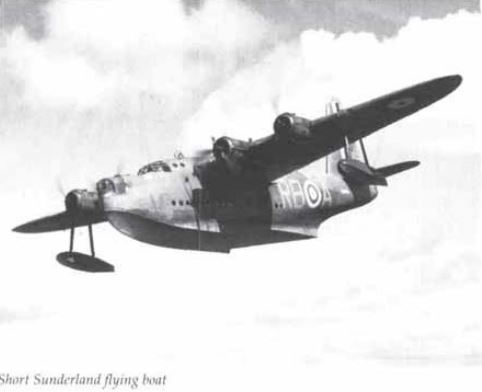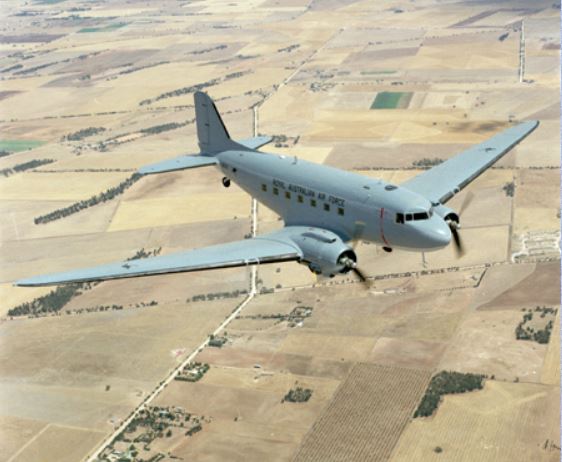No. 33 Squadron RAAF
From Our Contribution
 Short Empire Flying Boat | |
 Dakota C-47 | |
Brief History
No. 33 Squadron was formed in Townsville on 16 February 1942. The Squadron's initial aircraft reflected the shortages of aircraft at that time, operating up to seven different types in the first year . The Squadron was initially divided into two Flights. 'A' Flight consisted of Short Empire Flying Boats, with 'B' Flight made up of a mixture of differing types. The Squadron simultaneously operated Avro Ansons, De Havilland DH-84 Dragons, De Havilland DH-82A Tiger Moths, Vultee Vigilants and Junkcrs.
Whilst in the inventory of 11 Squadron, the RAAF's four Empire Flying Boats had led a charmed existence. They left their good fortune behind when they moved to 33 Squadron. Within two weeks, two aircraft were lost. On 27 February 1942, A18-12 crashed at Townsville on completion of a test flight. The aircraft crashed when it pitched nose down as power was reduced on landing. Another of their Empire Flying Boats was one of 24 aircraft destroyed in Broome Harbour by a Japanese attack.
In November 1942 the decision was made to move 33 Squadron closer to the action, a camp site built at Berry Strip outside Port Moresby. On 12 Apr 1943 they were bombed by Japanese aircraft, and while infrastructure was damaged, there were no casualties. On 23 Sep 1943 the Squadron received 15 C-47A Dakotas, and on 1 Jan 1944 they relocated to Milne Bay, remaining there until the ed of the war. The Squadron returned to Townsville on 11 Mar 1946 and it was disbanded on 13 May 1946
Air crew
- † John Gordon Nicholson 16 - 24 Feb 1942
Ground Crew
- William Kenneth Watson 13 Jul 1045 - 14 Apr 1946
Notes